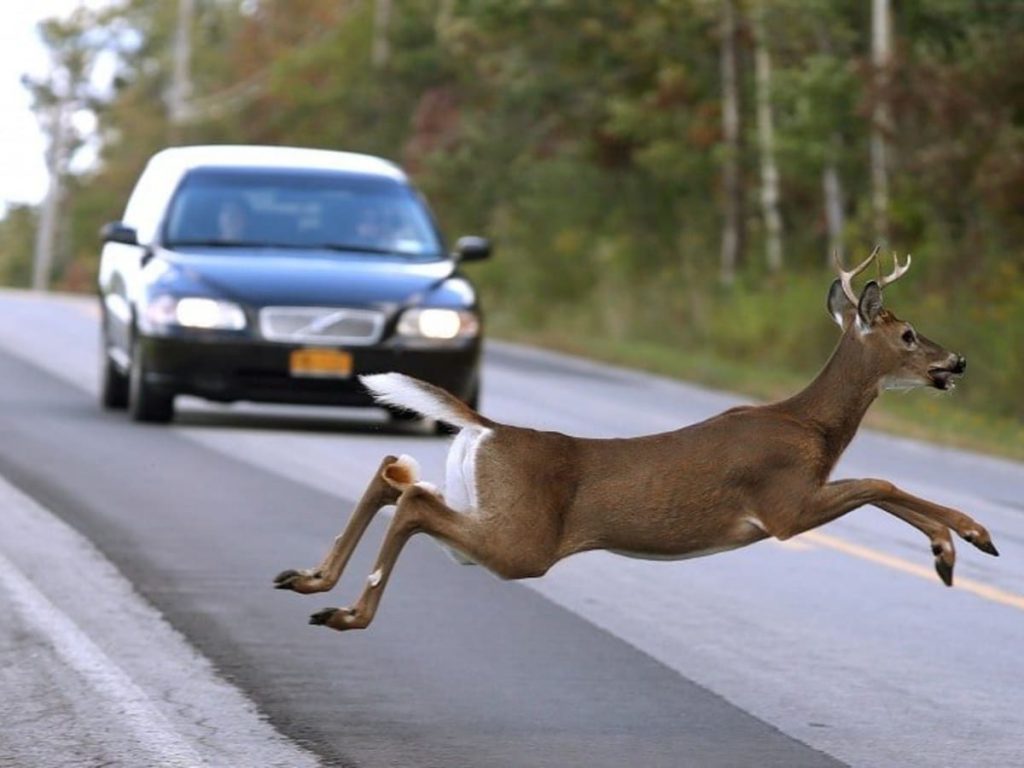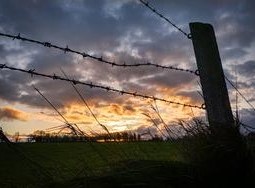The definition of landscape connectivity is “the degree to which the landscape facilitates or impedes movement among resource patches 1“. Without much awareness we humans, with our structure-building, often prohibit animals from traveling to the vital resources they need (water, food, non-related mates and dispersal of young). Many species have unique environmental and distribution requirements, but by-and-large the genetic diversity needed to keep a population healthy is dependent upon migration, mating and dispersal. As populations become more insular (trapped), inbreeding occurs, leaded to a decrease in natality and increased mortality. In the last decade, there have been ongoing efforts to mitigate anthropogenic barriers, whether on a grandiose scale or a backyard scale. It is my hope that we continue to make informed choices that have a positive effect our immediate environment.
Site prepared by Kathleen Jermstad for information purposes


